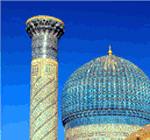
Introduction
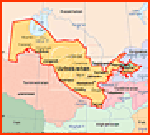 Uzbekistan is an attractive tourist destination.
Uzbekistan is an attractive tourist destination.
International Tourism in Uzbekistan is growing very quickly last years. A state in Central Asia, that has recently emerged to the world as an independent country – Republic of Uzbekistan, but still remaining a Terra Incognita for most foreigners.
The Republic of Uzbekistan is situated between two rivers: the Amudarya and Syrdarya. The Turan Lowland lies to the northwest, and the Tien Shan and Pamir-Alay mountain ridges are located in the southeast of the territory.
The Kyzyl-Kum Desert defines the Northern part of the country.
Continue reading “Welcome to Uzbekistan”

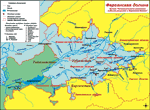
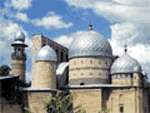 Ancient cities of Uzbekistan were located on the ancient
Ancient cities of Uzbekistan were located on the ancient 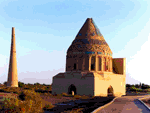
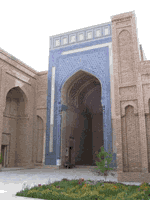
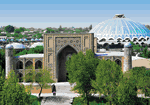
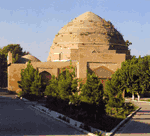 Timur’s hometown
Timur’s hometown 